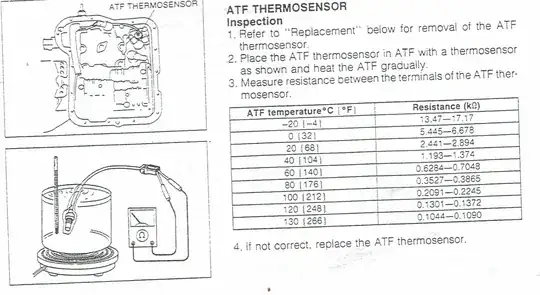If your ATF fluid gets above 275F, you are at risk of serious damage and should change the fluid ASAP and should pull over and let the transmission cool down. At 300F, you are looking at metal parts warping, seals becoming hardened/damaged, etc.
175F to 200F is considered ideal operating temperature for a transmission (some sources say 160-180), and 150F is considered minimum ideal operating temp.
If you only ever get the temp to 175F, your fluid could last 100k miles in theory; if you run at 195, you're looking at a 50k service interval. If towing, or driving hard, or driving up steep climbs with your torque converted unlocked, or sitting in hot weather in traffic often (things leading to higher temps), you should be changing your fluid more often.
Be aware that in winter, it's possible for it to take several minutes of driving for operating temps to rise to the 150F mark. It's considered ideal to let the vehicle idle until RPM's drop before driving (though newer cars don't always idle high when cold--no advice there other than get a trans temp or scangauge, or just idle for a few minutes when cold).
I've included some further reading. The first I summarized above. The second are the slides of a talk about ATF that includes a lot of valuable information and math and theory about how ATF functions within a transmission, which necessarily includes lots of information about temps. The third is the collected information experienced by a guy who closely monitored his transmission temps under a variety real world conditions carefully, plotted the data, studied it, and gave some conclusions he came to.
http://www.digi-panel.com/trannyoil.htm
https://www.bobistheoilguy.com/automatic-transmissions-study/
https://www.thenewx.org/threads/thoughts-and-observations-on-engine-and-auto-trans-cooling.65980/
